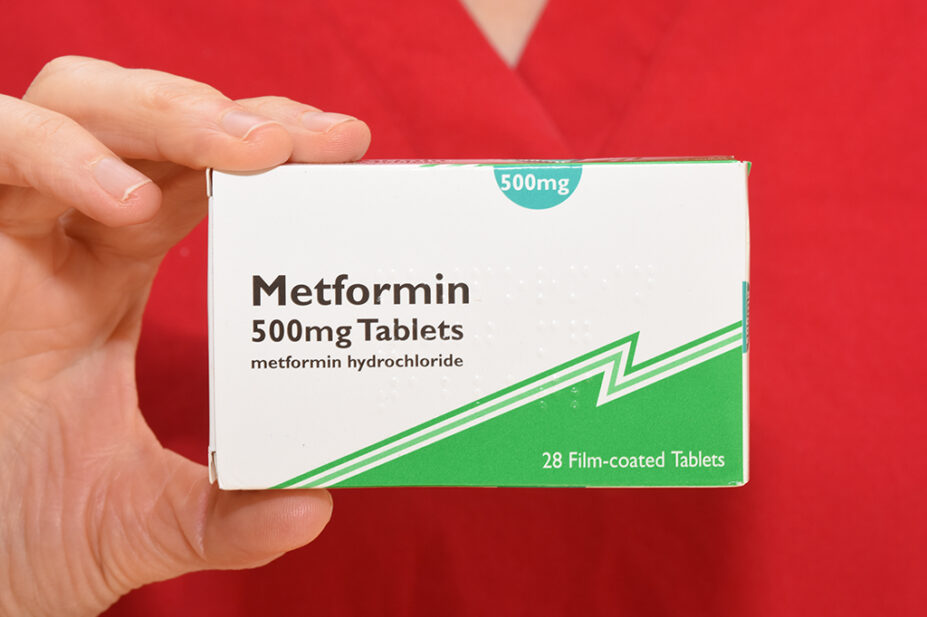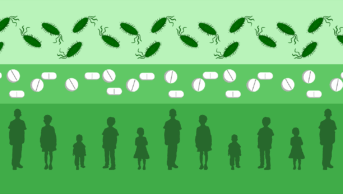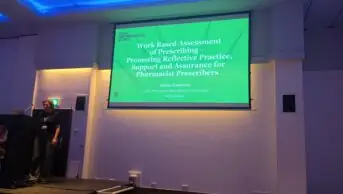
DR P. MARAZZI/SCIENCE PHOTO LIBRARY
The cost of NHS prescribing for diabetes treatment in England has increased by £570m since 2015/2016, figures published by the NHS Business Services Authority’s (NHS BSA) have shown.
The NHS BSA’s report ‘Prescribing for Diabetes 2015/16 to 2022/23’, published on 10 August 2023, shows that, in financial year 2022/2023, 66 million drug items were used in treating diabetes, at a cost of £1.53bn, a 60% increase on the £960m spent in 2015/2016.
During this period, the number of patients prescribed drugs used in diabetes rose to 3.4 million, from 2.7 million in 2015/2016. In 2022/2023, NHS England’s spend on diabetes treatments accounted for 15% of its total bill for prescriptions. This compares with 10% of the total cost of prescriptions in 2015/2016.
Antidiabetic drugs, such as metformin and gliclazide, were the most prescribed treatments used in treating diabetes in England in 2022/2023, with 49 million items prescribed at a cost of £880m, a 38% increase on the number of items in 2015/2016.
Areas of deprivation had the highest number of patients prescribed drugs used to treat diabetes, with 320,000 more patients in the most deprived areas of the country receiving prescriptions, compared with the least deprived.
The most common group to receive prescriptions were men aged 60–64 years, making up 7% of all identified patients.
The report acknowledged that it was not possible to know the exact reason a prescription was issued and therefore the statistics may not give an accurate estimation of the population receiving drugs specifically for diabetes. It also said that, owing to an increase in digital prescription processing during the COVID-19 pandemic, more patients have been identified since 2020/2021 compared with previous years.
Commenting on the figures, Hannah Syed, pan-East Sussex diabetes lead pharmacist, said: “The overall key findings of the report are not surprising, given the increasing prevalence of type 2 diabetes, but the cost of antidiabetic drugs, which have increased by 107% since 2015/2016 from £420m, is certainly concerning.
“It is particularly interesting that the report found the most common group to receive prescribing for drugs used in diabetes in 2022/23 was male patients aged 60 to 64, with 250,000 identified patients. Additionally, there were 320,000 more patients receiving prescribing in the most deprived areas of the country compared to the least deprived.
“Diabetes needs to be a key priority for integrated care systems and they will need to come up with programmes that reach these populations and engage those living in the most deprived area.
“A joined up approach to diabetes care will need to be taken, embedding programmes including structured education, remission, and weight management into diabetes pathways in addition to ensuring the best use of medicines and optimisation.”


